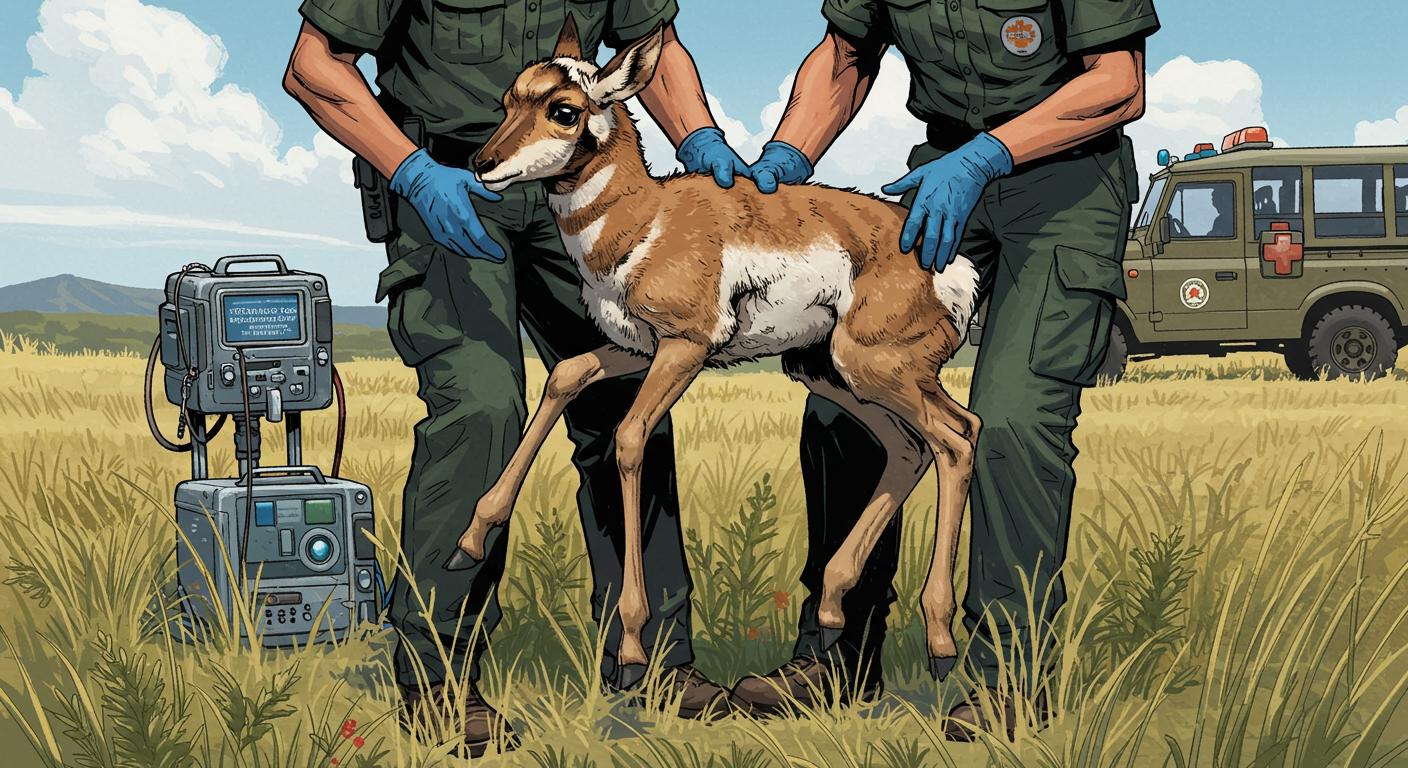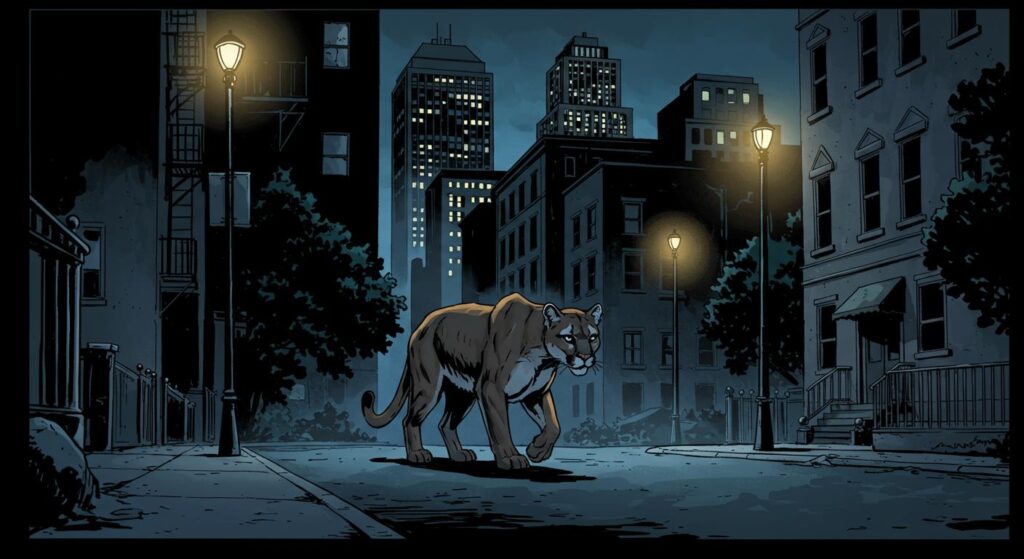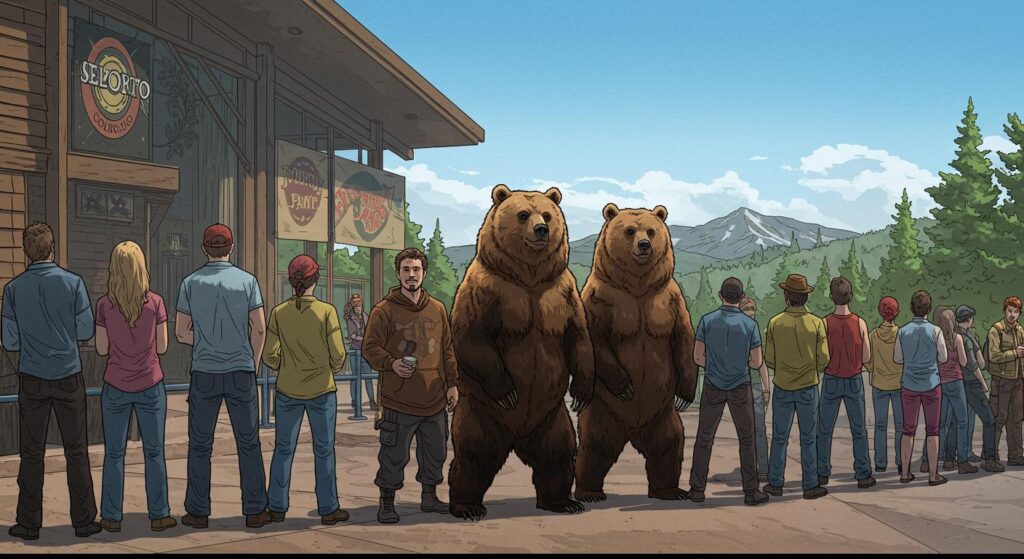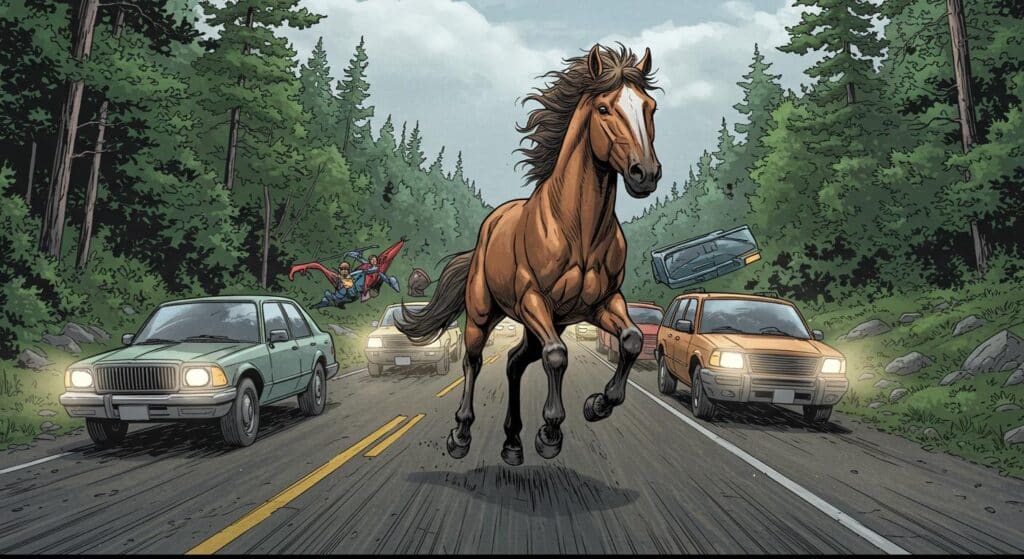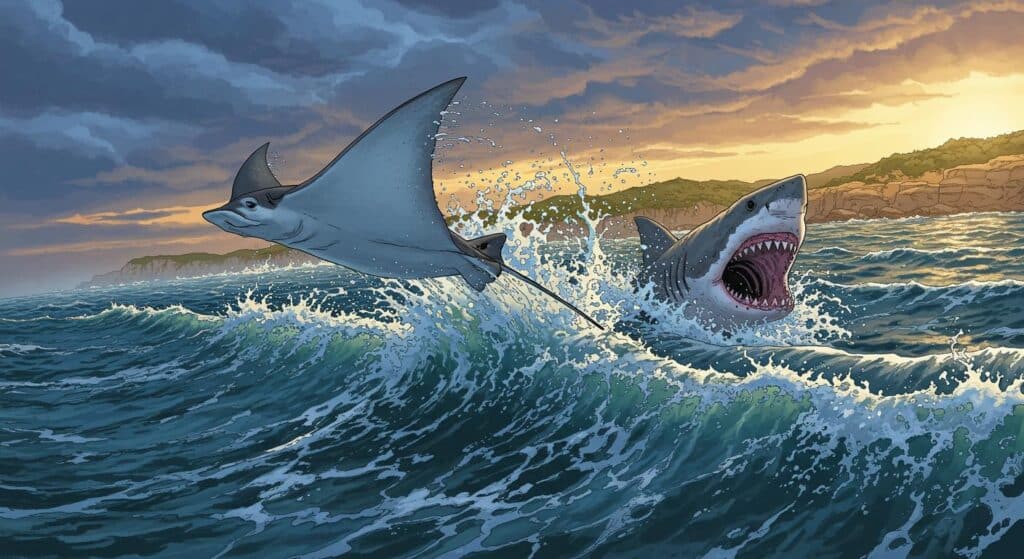Every so often, a story sidesteps the usual stampede of animal news and quietly claims its own peculiar corner. Take this recent saga: an American pronghorn calf, unexpectedly extracted from the New Mexico wilds, now acclimating to zoo life thanks to a multi-state rescue of understated determination. According to UPI, the sequence involved a keen-eyed landowner, a pair of road-tripping wildlife experts, and an animal that’s hard to define—even for biologists.
Pronghorns: Not Quite What They Seem
Pronghorns, for the unacquainted, occupy that liminal zone in North America’s mammalian lineup. Resembling deer but, as UPI highlights, more closely linked to giraffes (evolution apparently took a coffee break on that one), these “tuckers”—so-named for their newborn habit of holing up and waiting for mom—aren’t often spotted meandering solo. Melody Tayles, one of the San Diego Zoo Wildlife Alliance rescuers, told the outlet that the fawn’s wandering was highly abnormal. Was this an adventurous soul, or a young ungulate just spectacularly bad at reading the “stay put” memo?
Thirteen Hours and a Very Unusual Passenger
The details, described in UPI, read almost like a minimalist road movie. Tayles, along with Marty Sawin, drove 13 hours from Escondido’s San Diego Zoo Safari Park to the New Mexico property, after getting word from the concerned landowner. Upon arrival, the animal—underweight, dehydrated, and certainly not following the usual script for a newborn—was given initial care at the New Mexico Wildlife Center. From there, a longer trip west awaited, with the orphaned pronghorn embarking on what must rank as one of the less-charted migration routes in its species history.
Amanda Martinez, a senior public relations representative for the Zoo Alliance, confirmed to UPI that coordination among the landowner, New Mexico Wildlife Center, and San Diego staff led to a surprisingly smooth transition. The fawn, now described as healthy and adjusting to its new home, seems to have landed on its hooves, so to speak. The outlet also notes the outcome hinged as much on local vigilance as on the cross-state teamwork behind the scenes—a reminder that sometimes, it’s the footnotes that keep the story afloat.
Carefully Unremarkable, and Yet…
There’s something oddly compelling about this minor drama. No swooping helicopters or strained high-tech wildlife interventions—just a series of practical gestures: an observant landowner, a pair of experts with stamina (and probably a thermos or two), then a rare ungulate eased into captivity before nature made a final decision. Is it simply luck that this calf found help, or is it a small emblem of how the unremarkable becomes remarkable in the right context?
Earlier in the report, it’s mentioned that pronghorns typically don’t wander at that age. So what tipped this one off-script? A mislaid maternal instinct, or just the animal equivalent of wanderlust? One has to wonder: would this fawn have become an evolutionary footnote without a chance encounter on private land?
In a world where wildlife stories are often spectacular or grim, there’s a quiet oddness and comfort in the notion of a lost pronghorn—misclassified for much of its history, out of place even among its peers—finding a new, if entirely artificial, home thanks to attentive eyes and a long drive. And in the grand sweep of nature and human involvement, maybe sometimes all it takes is paying enough attention to the creatures quietly challenging our expectations.

